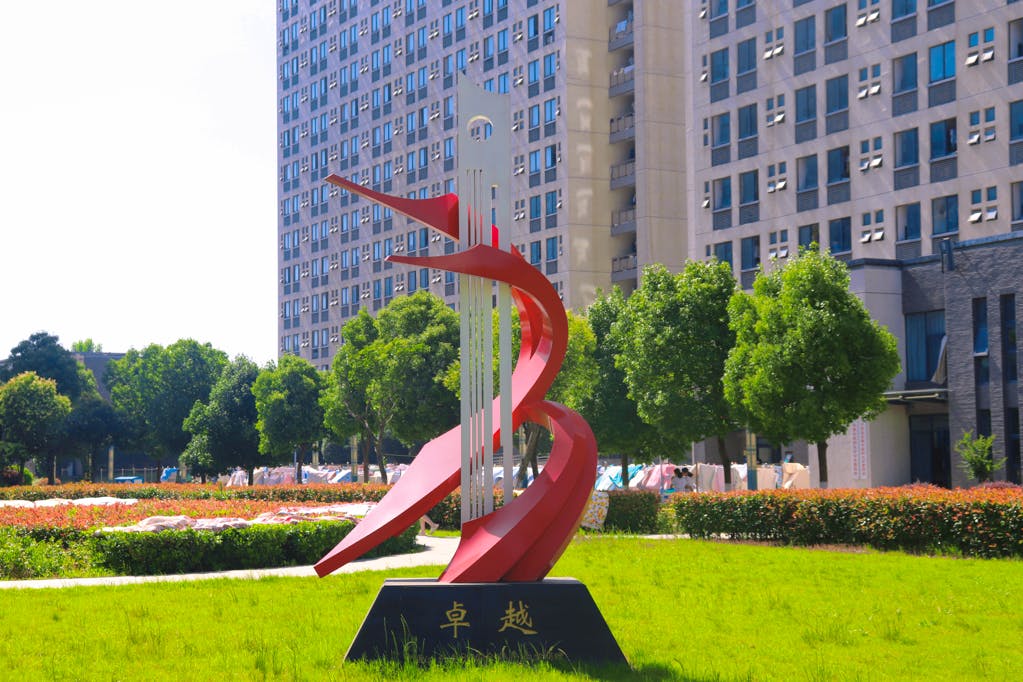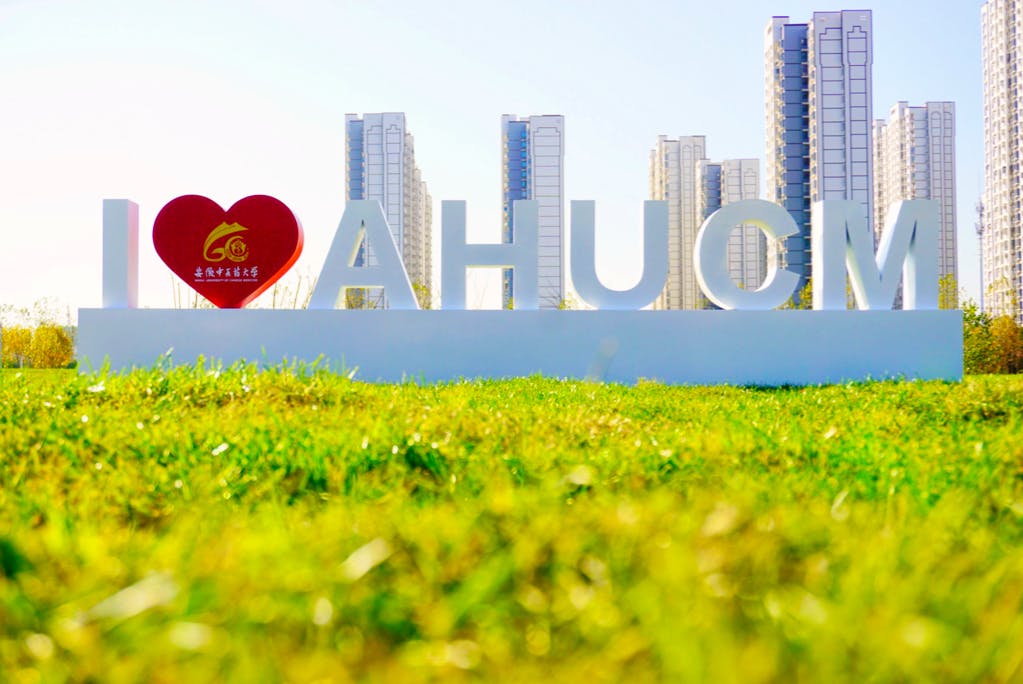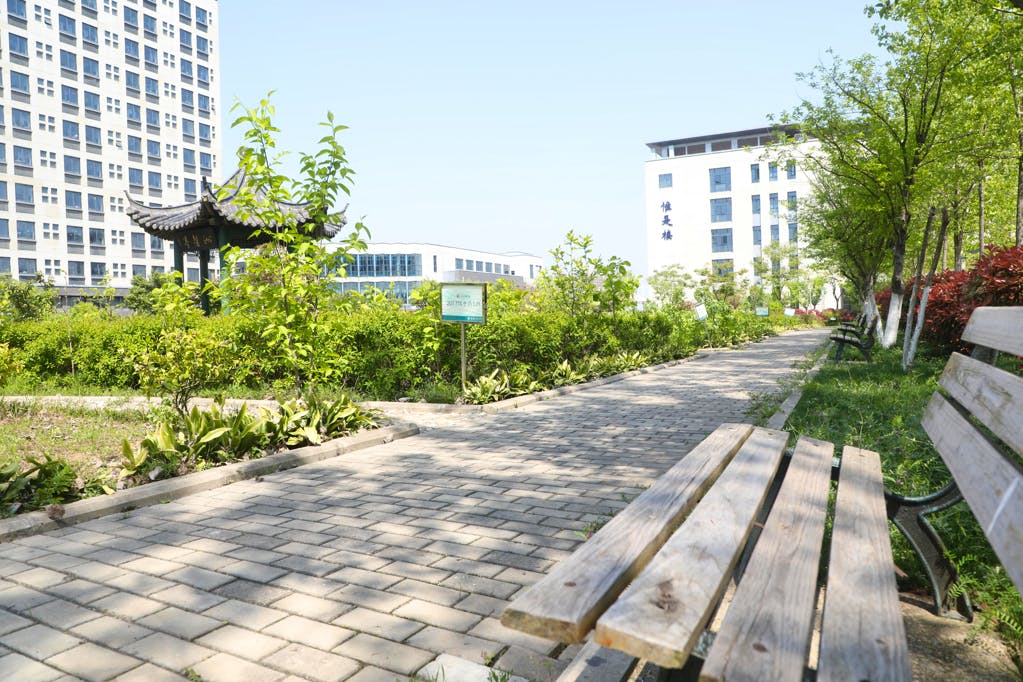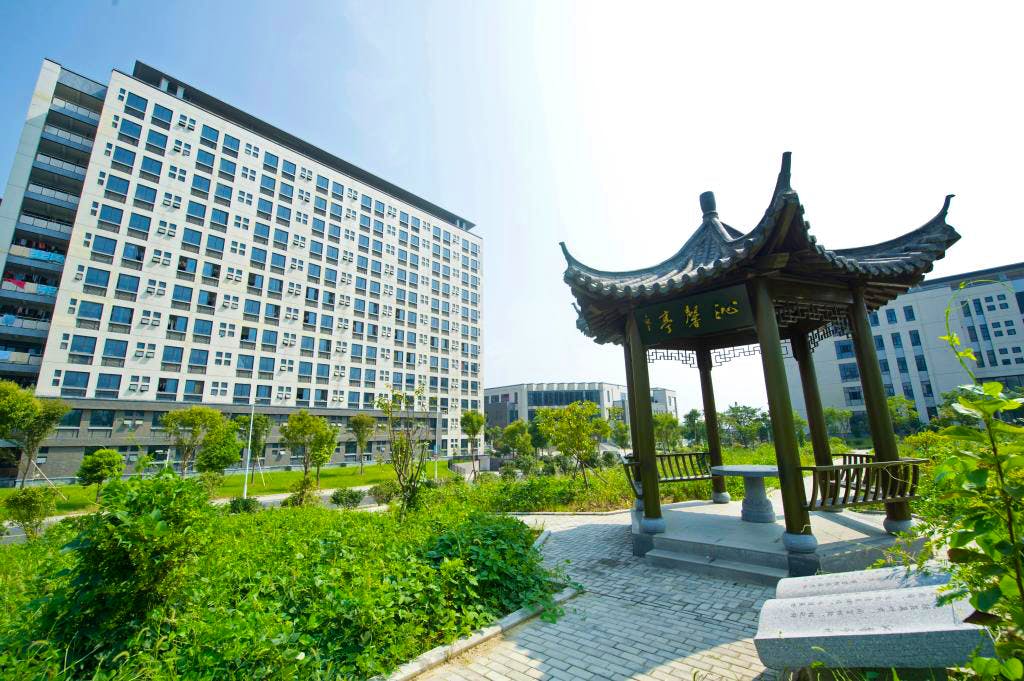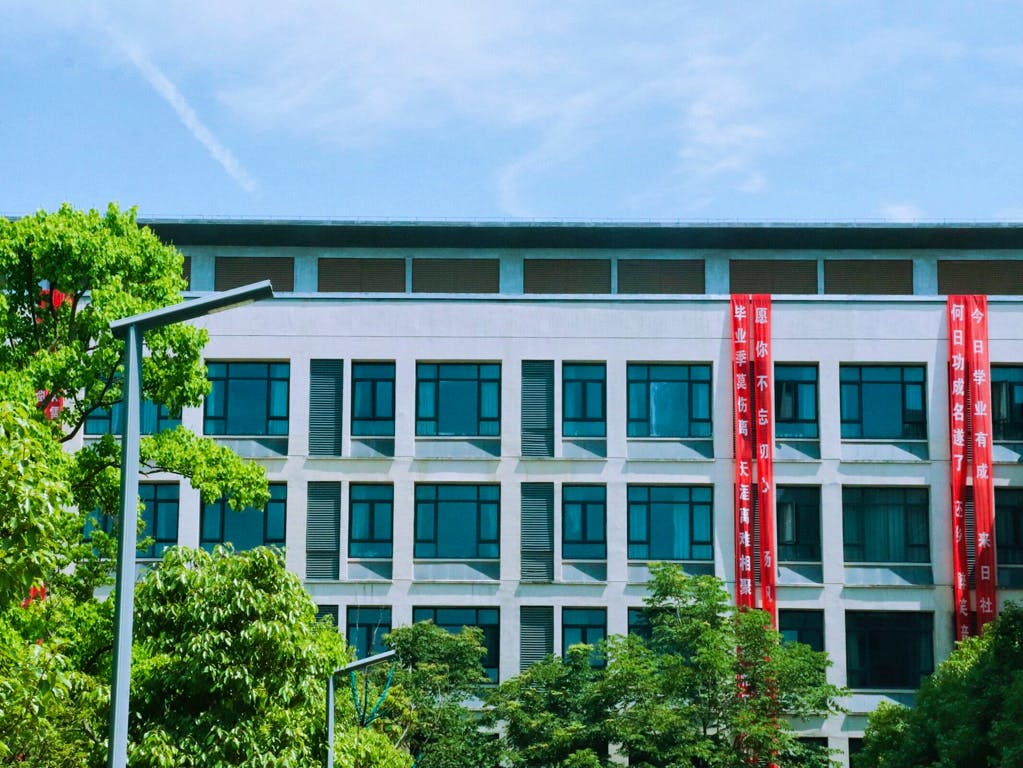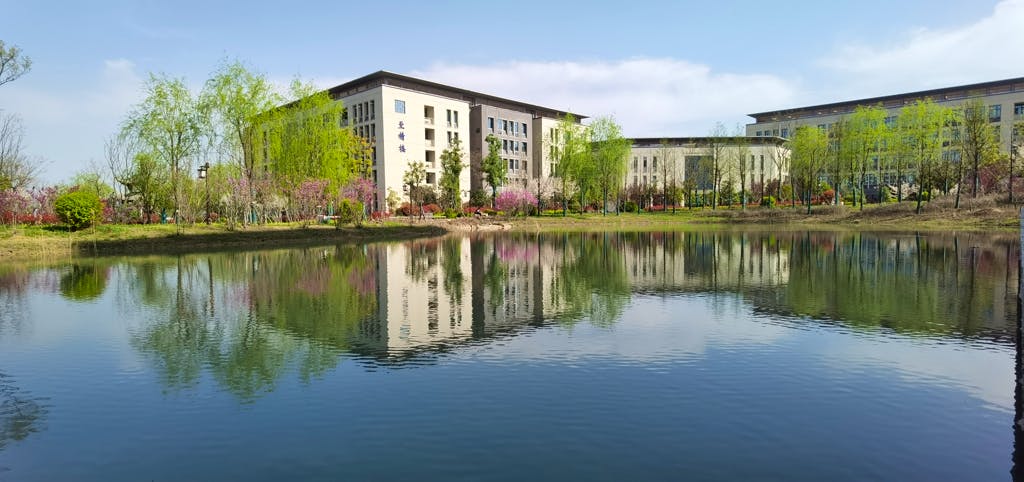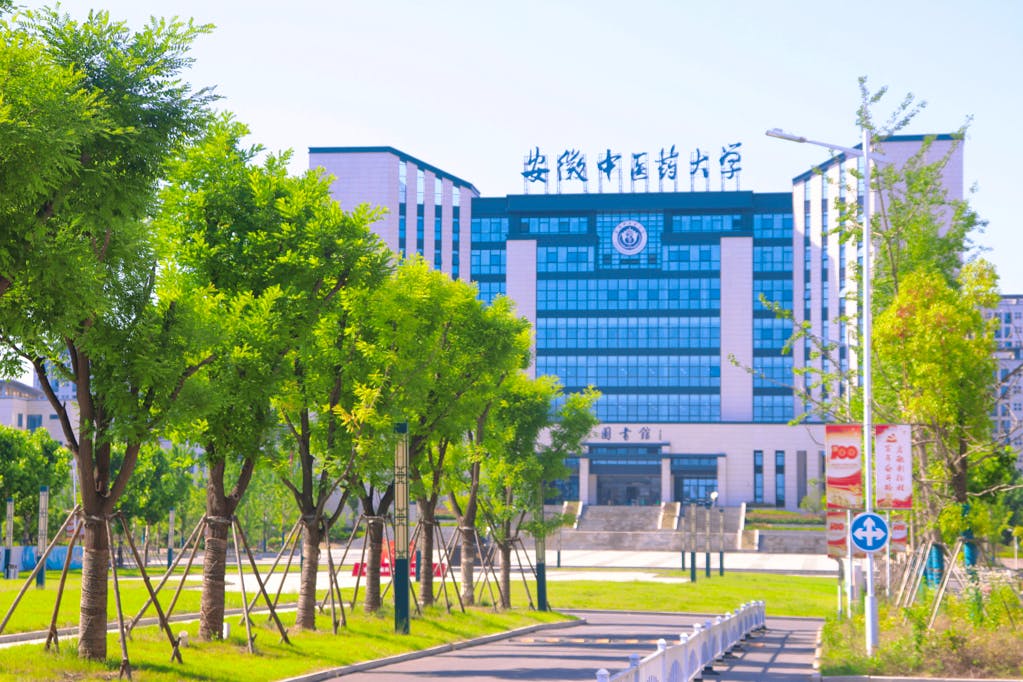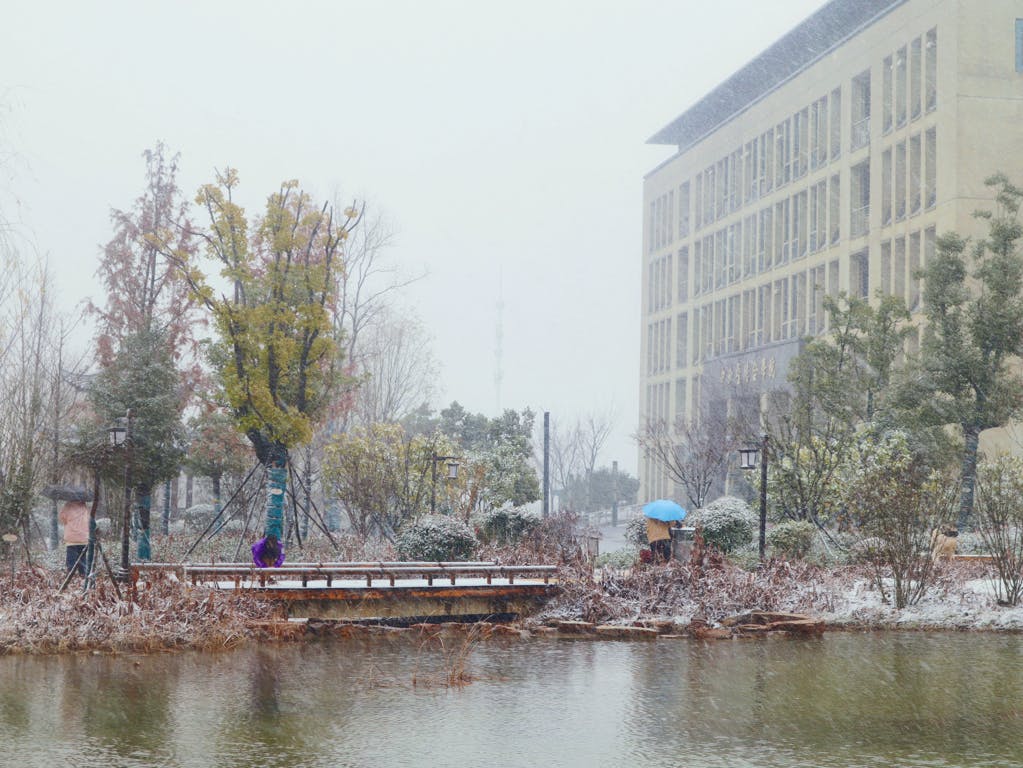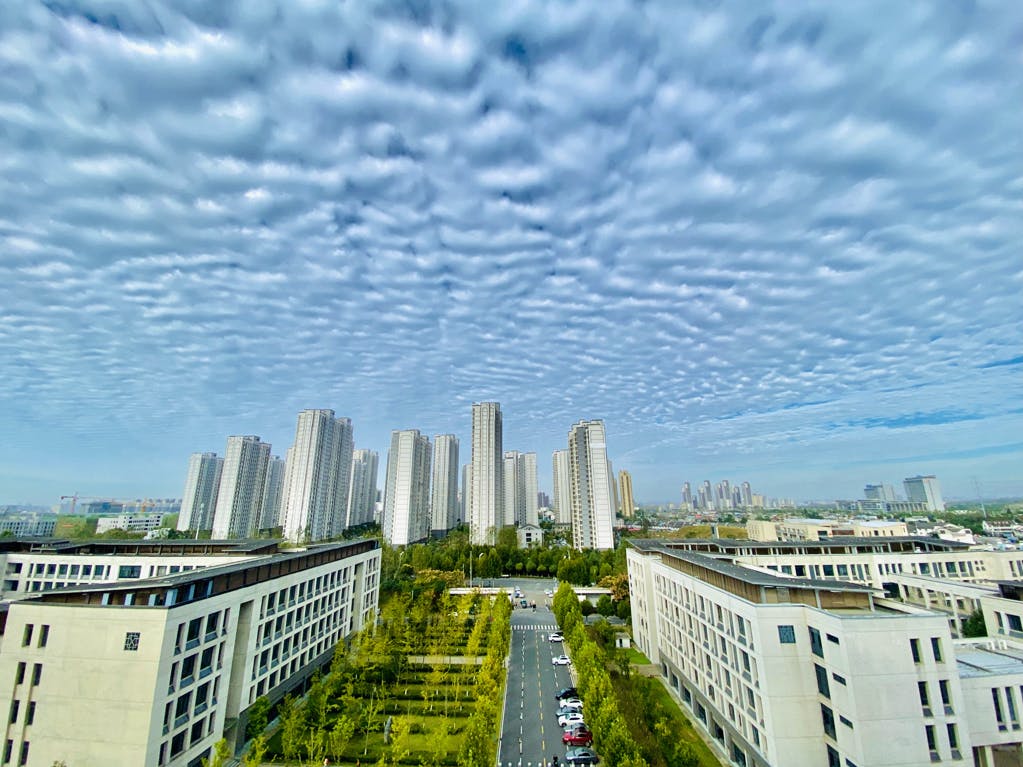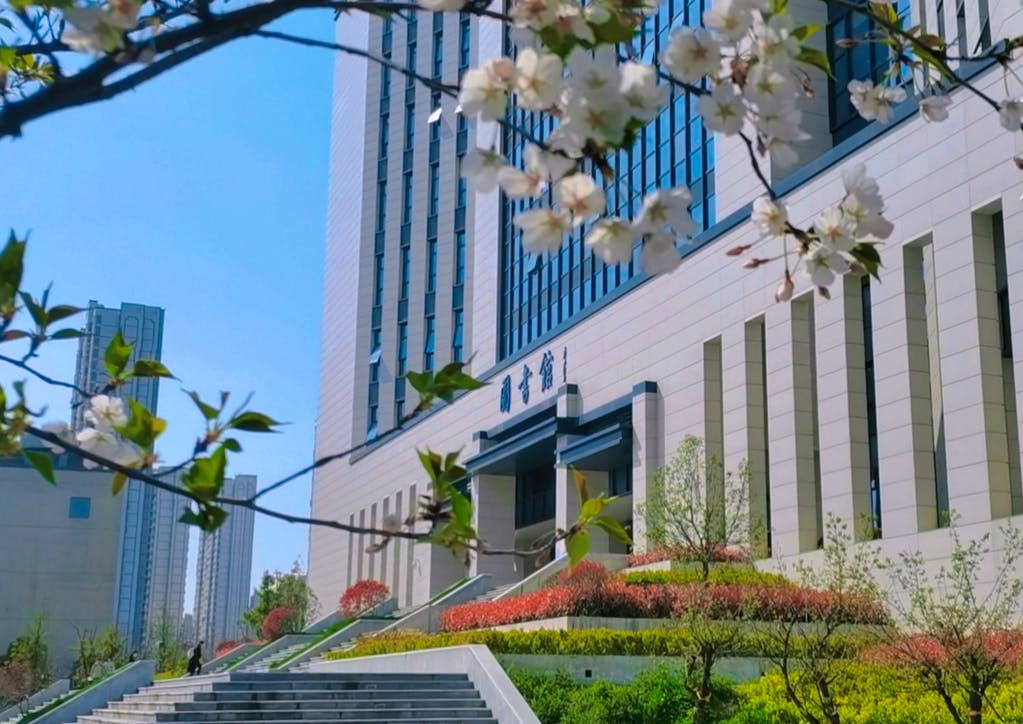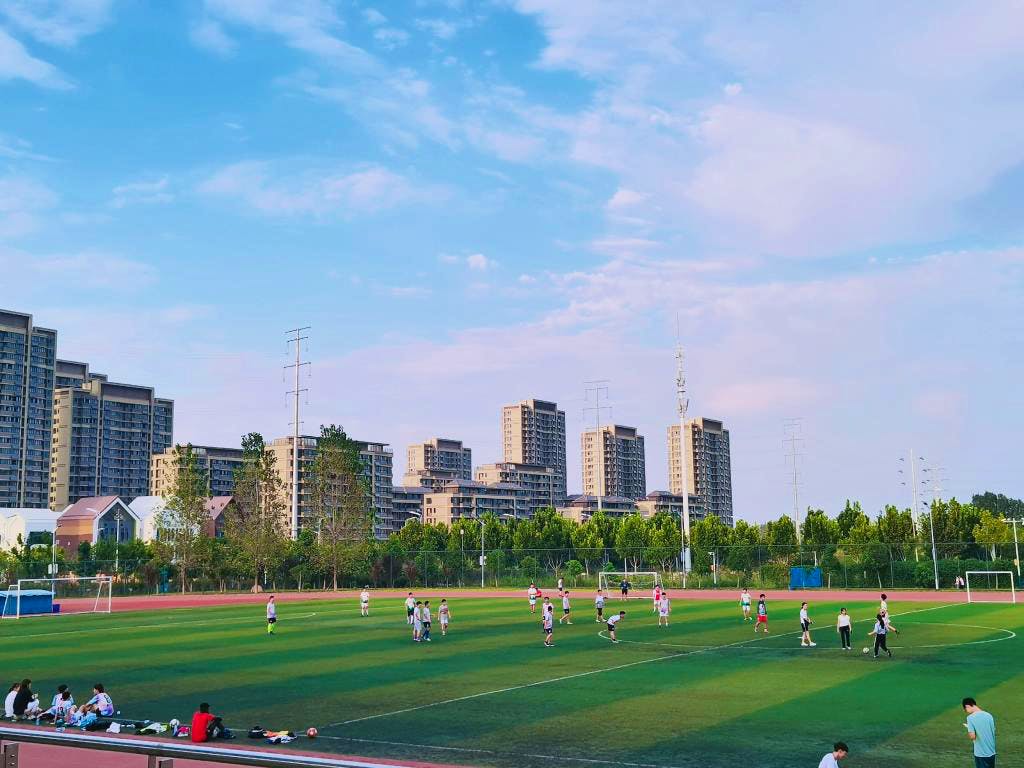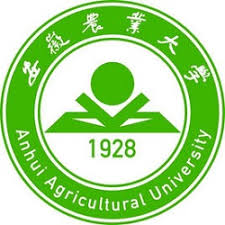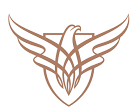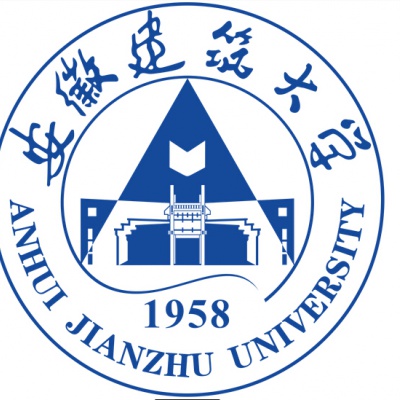Anhui University of Traditional Chinese Medicine was founded in 1959, and its predecessor was the Anhui Provincial Traditional Chinese Medicine Training Course founded in 1952. In 1959, the Anhui Provincial Government officially approved the establishment of Anhui College of Traditional Chinese Medicine. In 1970, Anhui College of Traditional Chinese Medicine was merged into Anhui Medical College. In 1975, the Ministry of Education approved the restoration of Anhui College of Traditional Chinese Medicine. In 2000, Anhui Medical School was merged into Anhui College of Traditional Chinese Medicine. In 2011, the provincial government approved the establishment of Anhui Academy of Traditional Chinese Medicine on the basis of Anhui College of Traditional Chinese Medicine. In 2013, the Ministry of Education agreed to change the name of Anhui College of Traditional Chinese Medicine to Anhui University of Traditional Chinese Medicine. The school is a project university of the "Basic Capability Construction Project of Colleges and Universities in the Midwest" and an "high-level university with local characteristics" in Anhui Province. The school is a national TCM clinical research base, a national TCM modern science and technology industry (Anhui) base, a national TCM international cooperation base, a national drug clinical research base, a national doctoral authorized unit, and a postgraduate recommended exemption unit. Now it covers a total area of 1269.68 mu and has four campuses: Shaoquan Lake, Meishan Road, Shihe Road and Lu'an Road. The library has a collection of 2,071,600 volumes, and the Ancient Books Department collects 33,000 volumes of ancient book-bound books. It is a "National Key Protection Unit for Ancient Books". The Herbarium of the Chinese Medicine Resource Center has stored more than 150,000 specimens of medicinal plants, and it is the most abundant herbarium in the national medical colleges and universities. Xin'an Medical Culture Center is the publicity and education base of traditional Chinese medicine culture in Anhui Province. The school currently has 18,446 full-time students (including 3,037 doctors and masters), 16 secondary departments (including 3 directly affiliated hospitals), and 7 non-directly affiliated hospitals. There are 4,474 faculty members, of which 961 are associate professors or above. There are 2 masters of traditional Chinese medicine, 1 Qihuang scholar, 2 national famous Chinese medicine practitioners, 2 young Qihuang scholars, 1 Wanjiang scholar, 1 young Wanjiang scholar, and 56 instructors of the national famous old Chinese medicine academic experience program. 26 special allowances, 12 provincial government special allowances, 5 leading talents in Anhui universities, 16 academic and technical leaders in Anhui Province, 13 reserve candidates, 11 leading talents in traditional Chinese medicine in Anhui Province, and 3 leading talent teams in Anhui Province There are 90 doctoral supervisors, 725 master supervisors, and 2 post-doctoral mobile workstations. There are 64 well-known experts and scholars from home and abroad as visiting professors of the school. In 2020, 8 new provincial "115" industrial innovation teams will be added. The school currently has 27 undergraduate majors, 4 national-level first-class undergraduate major construction sites, 10 provincial-level first-class professional construction sites, and 8 national-level first-class undergraduate courses. There are 3 first-level disciplines conferring doctoral degrees, 1 doctoral professional degree conferring point , 6 first-level discipline master's degree conferring points, 27 second-level discipline master's degree conferring points, and 4 professional master's degree conferring points. There are 1 class II peak discipline in Anhui Province, 1 class III peak discipline in Anhui Province, 2 major discipline construction projects in Anhui Province, 17 key disciplines of the State Administration of Traditional Chinese Medicine, 1 class A key discipline in Anhui Province, and B in Anhui Province. There are 12 key disciplines. There are 7 national key clinical specialties and 21 key specialties of the State Administration of Traditional Chinese Medicine. The school takes talent cultivation as its first priority. The school currently has 2 national-level teaching teams, 23 provincial-level teaching teams, 2 national-level experimental teaching demonstration centers, 1 national-level professional comprehensive reform pilot project, and 2 national-level excellence. Doctor (Traditional Chinese Medicine) education and training program, 2 famous teachers in national Chinese medicine colleges and universities. He has won more than 600 national and provincial quality engineering projects, 1 first prize and 3 second prizes for national teaching achievements, 5 special prizes for provincial teaching achievements and 13 first prizes. The school pays attention to highlighting the characteristics of running a school. It has established extracurricular academic technology innovation and entrepreneurship funds and Yingzhuo scholarships for college students. , creativity and entrepreneurship” and other competitions at all levels. In the past three years, a total of more than 1,000 people have won more than 400 awards and awards at the provincial and ministerial levels, including 129 national-level competition awards (including 4 first prizes in national-level A-level competitions). The school attaches great importance to educating people through practice, and won the outstanding unit of the national college and technical secondary school student volunteer summer "three to the countryside" social practice activity, and the bronze medal of the China Youth Volunteer Service Project Competition. The average employment rate of graduates of the school in the past five years is over 94%. The school vigorously promotes the strategy of strengthening the school with science and technology. In the past five years, it has undertaken nearly 2,000 scientific research projects at all levels, including nearly 200 national-level projects. In 2017, the school was approved as a national key research and development plan. In 2019 and 2020, it has achieved the National Natural Science Foundation of China for two consecutive years. Key projects have made breakthroughs, and presided over the joint fund for regional innovation and development. Since 2016, it has won 47 scientific and technological awards above the provincial and ministerial level, including 1 second-class national science and technology award and 5 first-class provincial and ministerial awards; published more than 800 high-level scientific research papers, including more than 200 papers above the second district of the Chinese Academy of Sciences Articles; more than 60 authorized invention patents. At present, there are 12 provincial-level scientific and technological innovation teams, 27 scientific and technological innovation platforms above the provincial and ministerial level, and 18 scientific and technological innovation platforms above the provincial and ministerial level with scientific research institutes, enterprises and other units. The school continues to strengthen industry-university-research cooperation, and has signed cooperation agreements with the people's governments of 15 cities and counties such as Huangshan, Bozhou, and Lu'an, as well as a large number of well-known domestic Chinese medicine enterprises, and has established more than 50 industry-university-research cooperation bases. The school closely follows the needs of local construction, focuses on scientific and technological development and scientific and technological services mainly based on traditional Chinese medicine, strengthens multi-level, multi-faceted and multi-mode comprehensive cooperation with local governments and related enterprises, and carries out scientific and technological research, new enterprise product development, and technical consultation. Cooperate with services and other aspects, and formulate relevant government development plans for Chinese herbal medicines. Anhui Province Traditional Chinese Medicine Science and Technology Industry Strategic Alliance has been established, and won the titles and honors such as "National Advanced Group for Science and Technology Commissioner Work", "Advanced Group for Traditional Chinese Medicine Science and Technology Management", "Special Contribution Award for Promoting the Academic Development of Traditional Chinese Medicine". Since 2016, it has formulated more than 10 development plans for local governments; undertaken more than 200 school-enterprise cooperation projects, with an average annual horizontal cooperation scientific research fund exceeding 10 million yuan, and built 15 scientific and technological cooperation platforms with enterprises; as the main technical support unit Participated in the construction of the "Top Ten Anhui Medicines" industrial demonstration bases; guided the cultivation of Chinese medicinal materials by medicinal farmers in Bozhou, Lu'an, Huangshan, Chizhou, Xuancheng, Chuzhou, Anqing, Fuyang and other regions, benefiting tens of thousands of people. Realize the effective connection between the school's advantageous disciplines and the local industrial layout, and promote the development of the local economy while enhancing the technological innovation of enterprises. The school has established friendly cooperative relations with more than 40 medical and educational institutions in more than 20 countries and regions such as the United States, Australia, Germany, Greece, Malaysia, and Japan. Students from more than 10 countries and regions have come to the school to study for doctoral, master's and bachelor's degrees, as well as to participate in short and medium-term training. The school pays attention to improving the level of medical services. The First Affiliated Hospital is the largest third-level A-level comprehensive traditional Chinese medicine hospital in the province; the Second Affiliated Hospital is the country’s first and largest third-level A-level acupuncture specialist hospital; The third affiliated hospital is It is the third batch of key construction hospitals of integrated traditional Chinese and Western medicine in the country; Guoyitang is a medical unit with pure traditional Chinese medicine as the main medical method. At present, the school has developed into a higher Chinese medicine college with Chinese medicine as its main subject, coordinated development of related disciplines, complete school-running levels and distinctive Chinese medicine characteristics. Facing the future, the school will continue to adhere to the six strategies of "establishing the school with quality, developing the school with talents, strengthening the school with science and technology, building the school with culture, governing the school by law, and opening up the school", focusing on cultivating "sincerity is the new" Chinese medicine talents, and building Anhui Middle School. The highland of pharmaceutical collaborative innovation, leading the development of Anhui's traditional Chinese medicine industry, and building a local high-level university with distinctive traditional Chinese medicine characteristics with domestic strength, high level in the province, and industry influence make a greater contribution.
Show less
